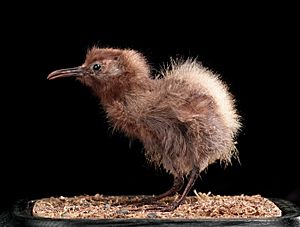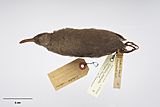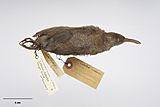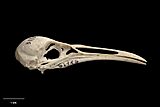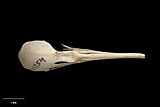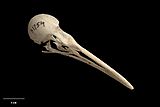Chatham rail facts for kids
Quick facts for kids Chatham rail |
|
|---|---|
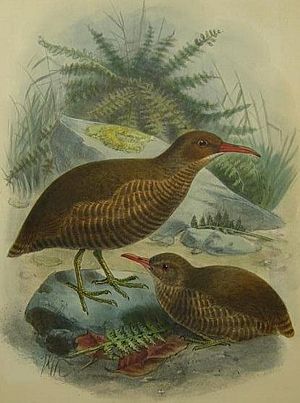 |
|
| Illustration by Keulemans | |
| Conservation status | |
| Scientific classification | |
| Genus: |
Cabalus
|
| Species: |
modestus
|
| Synonyms | |
|
Gallirallus modestus |
|
The Chatham rail (Cabalus modestus) was a type of bird that couldn't fly. It lived only on the Chatham Islands in New Zealand, especially on Chatham, Mangere, and Pitt Islands. Sadly, this bird is now extinct, meaning it no longer exists.
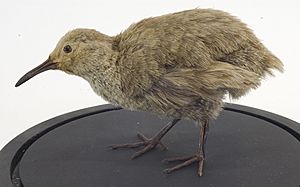
The Chatham rail lived alongside another flightless bird called the Dieffenbach's rail on the Chatham Islands. Scientists once thought these two birds were very closely related. However, newer studies show that the Chatham rail might be more closely related to the New Caledonian rail.
The Chatham rail was first found on Mangere Island in 1871. About 26 birds were collected and are now in museums. The last Chatham rails disappeared from Mangere Island between 1896 and 1900. We also know from old bones that they lived on Chatham and Pitt Islands. These birds likely lived in areas with scrubland and tall tussock grass.
Why Did the Chatham Rail Disappear?
The Chatham rail became extinct for several reasons. One big problem was new animals brought to the islands. Rats and cats arrived in the 1890s and hunted the birds.
Another major reason was habitat destruction. People cleared the island's natural bush and tussock grass to make space for sheep to graze. By 1900, most of the bird's home was gone. Goats and rabbits also ate the plants the rails needed.
Some scientists once thought the Chatham rail disappeared from Chatham and Pitt Islands because it competed with the larger Dieffenbach's rail. However, this idea was later disproven. Both species lived together on Mangere Island, showing they could share the same space.
Images for kids
- Preserved skin
- Different views of the skull of the Chatham rail
See also
 In Spanish: Rascón de la isla Chatham para niños
In Spanish: Rascón de la isla Chatham para niños




